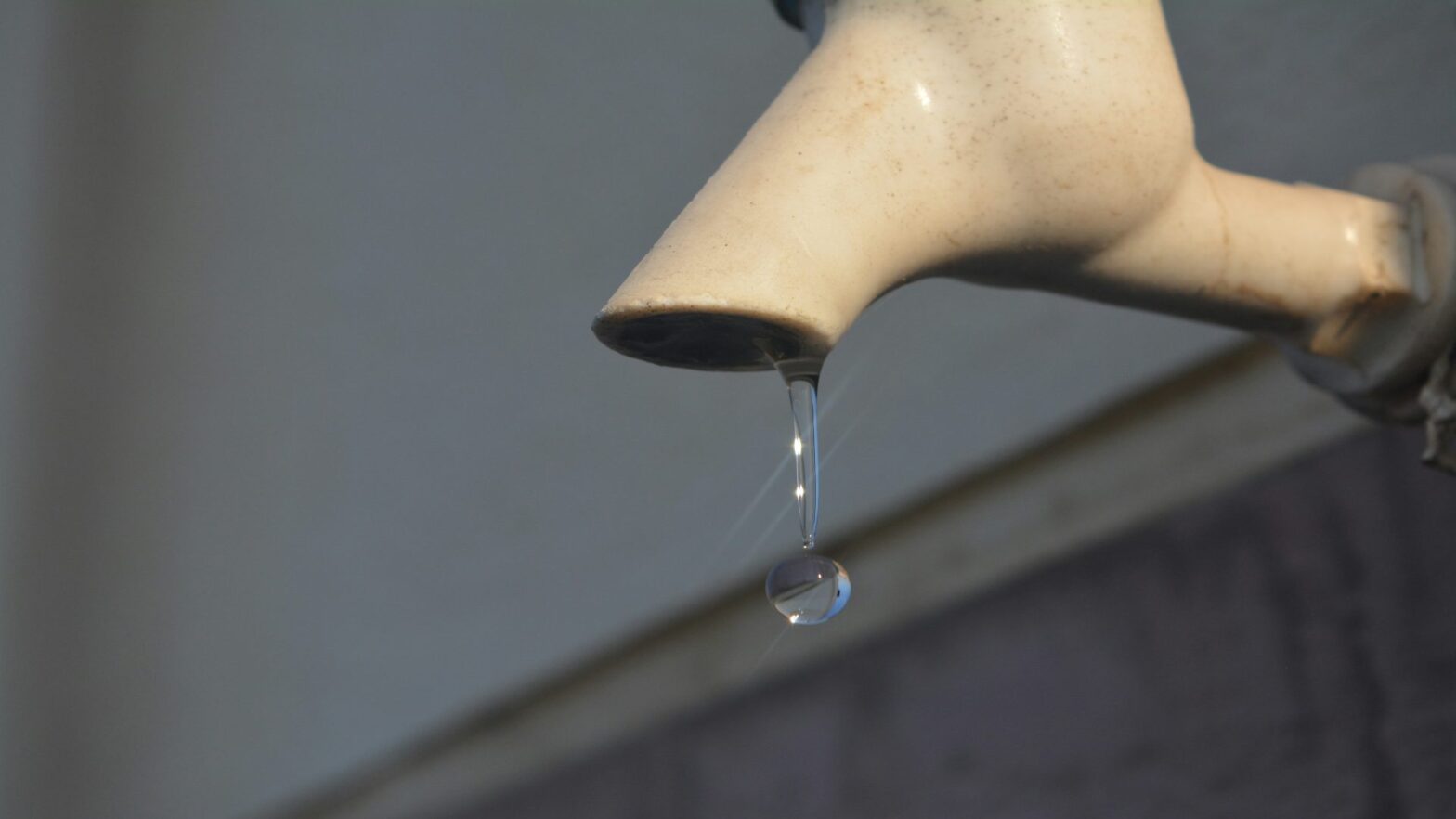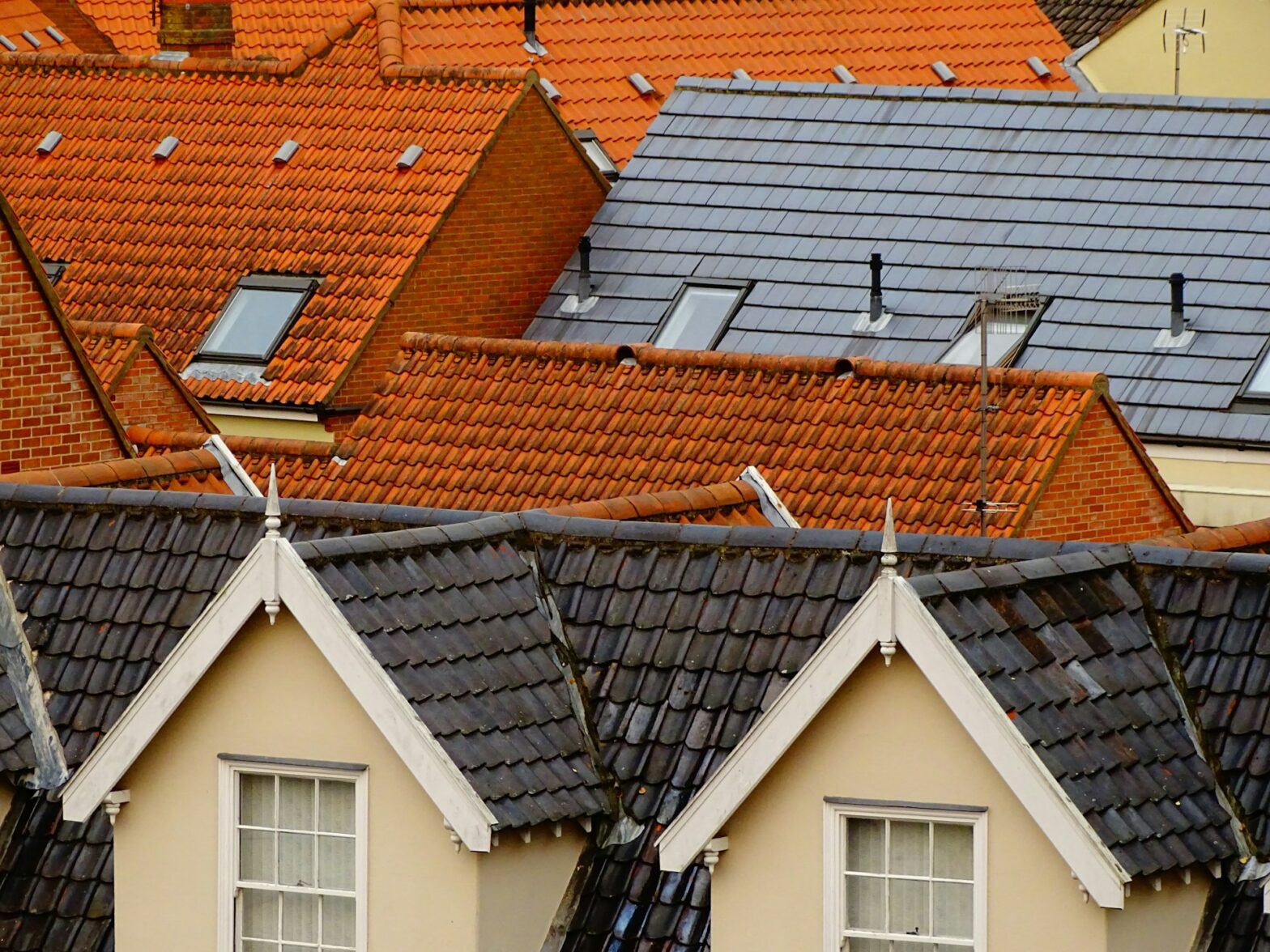With proper regular maintenance and upkeep, your roof can have a lifespan of about 30 years. That doesn’t mean you can ignore it, though. It is recommended to check your roof for needed repairs at least twice a year. Regular inspections help identify potential issues such as leaks, damaged shingles, or structural problems, allowing for timely repairs and preventing further damage that could lead to more costly repairs or replacements.
It is essential to know which types of repairs your roof may need to maximize that lifespan. The following is a list of common repairs your roof may need.
Fascia Replacement
Along the lower edge of the roof line, there is protection given by a long wooden board known as the fascia. It is usually found on the backside of the gutters and supports the roof providing protection against the elements. The fascia is susceptible to issues such as animal infestation, water damage, holes, cracks, and mould growth.
These boards can be replaced as a whole or in parts, depending on the damage and how old the board is.
Shingle/Tile Replacement
Tile and shingle roofs can face a lot of wear and tear from pests, sun exposure, and hurricanes. This can cause tiles and shingles to curl, shrink, break, and lift. A small amount of damage to your roof could cause other sections to become compromised if water or moisture is able to sneak in, so it is crucial to have your roof repaired immediately when you see any signs of damage.
Draining Standing Water
Water pooling can occur on flat roofs. This can happen if there is poorly installed drainage or severe sun damage. If water pools and remains on a roof, leaks can occur, causing structural damage. To resolve this issue, you will want to determine why the water is being collected in that area and find a long-term solution to prevent standing water on your roof.
Flashing Repair
Improper installation of roof flashing around walls, chimneys, pipes, or other flat surfaces can allow water to flow under the flashing, causing roof rot. Occasionally checking on roof flashing can prevent major, long-term damage; however, a professional roofer or commercial roofing services will likely be needed to reinstall or repair your roof flashing.
Leak Repair
If you notice water leaks in your home, this is a sign that there is immediate deterioration and must be dealt with promptly to avoid further water damage to your home’s structure and foundation. It would be best if you had a roofing professional thoroughly check your roof to find where the leak is occurring. No matter the size of the leak, large or small, it must be dealt with immediately to avoid extensive damage and more costly repairs.
As a good rule of thumb, you should check your roof with the changing of seasons or after your home experiences an extreme weather event such as a hurricane, sleet or freezing rain, or heavy snowfall. It is recommended that you inspect your roof, no less than once per year.





























